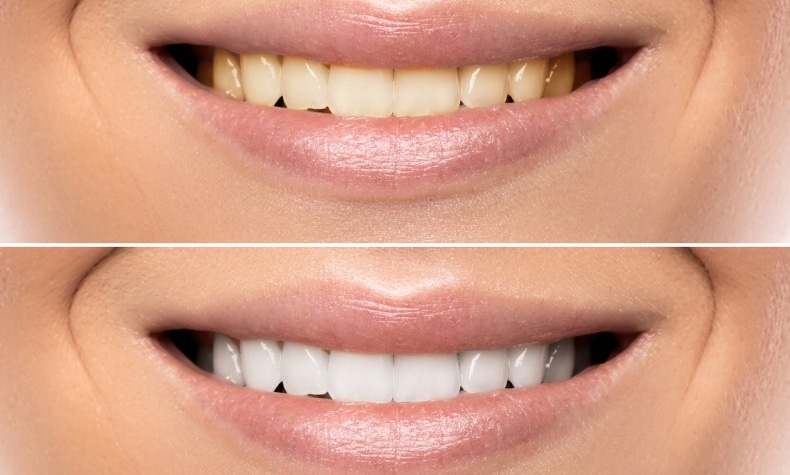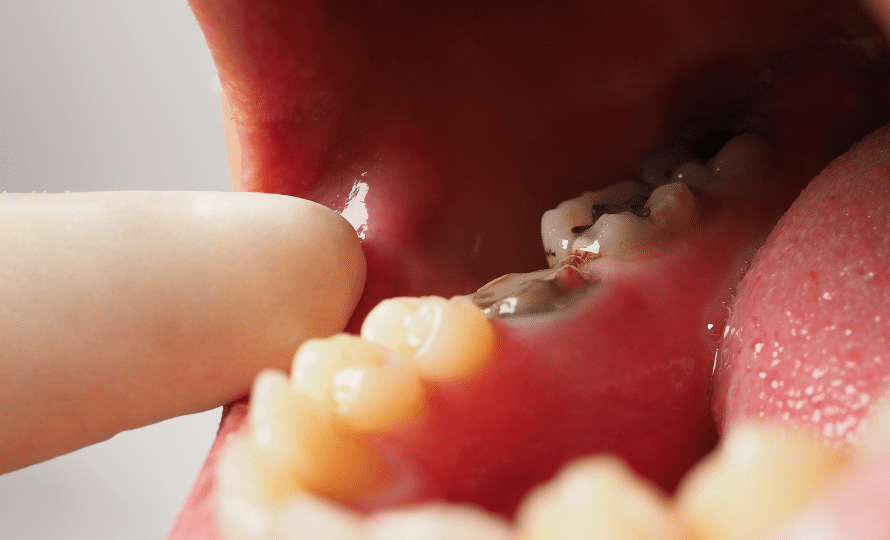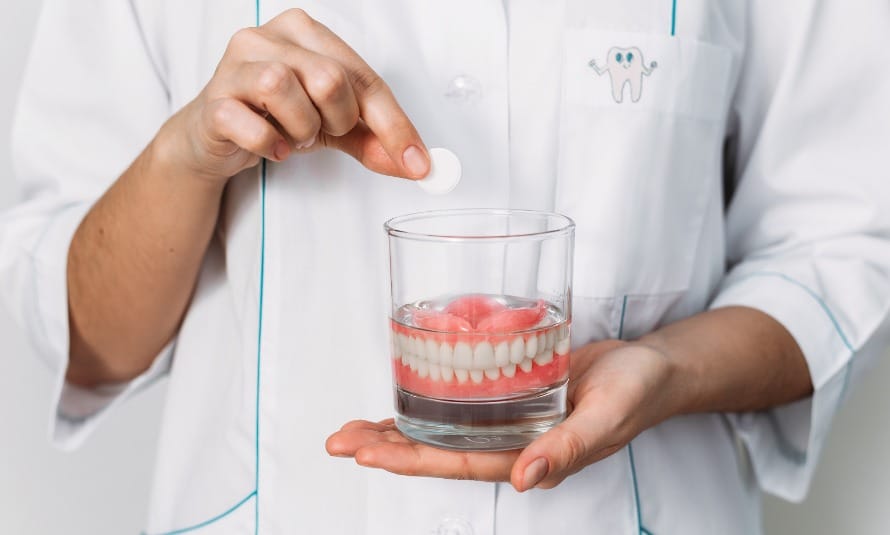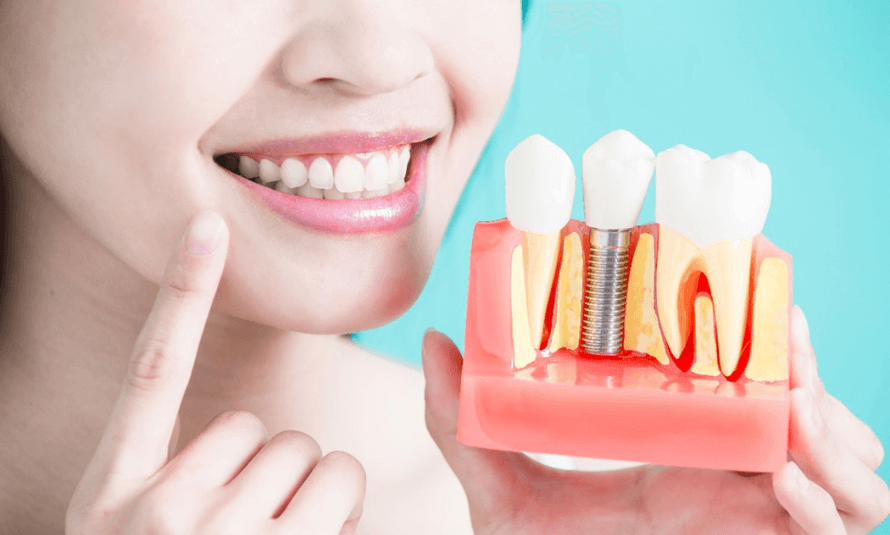Unveiling the Mystery of Tooth Discoloration: Causes and Treatment Options

Ever flash a smile only to see coffee-colored patches staring back? Or maybe those once-pearly whites are sporting some mysterious brown streaks? Tooth discoloration, also known as stained teeth, can be a real smile-stealer. But fear not, fellow grinners! This guide is all you need for brighter smile. We’ll unveil the sneaky culprits behind those unwelcome marks, explore stain-busting treatments like magic, and share tips to keep your smile sparkling like a disco ball. So, ditch the dullness and get ready to rediscover the dazzling you! Dive in, and let’s make those pearly whites something to be proud of!
Unmasking What Is Tooth Discoloration?
Picture your smile like a blank canvas, and tooth discoloration like rogue paint splatters, messing up the masterpiece. These splotches come in all sorts of unwelcome shades – think sunshine yellow, muddy brown, even mysterious gray stripes. Each color is like a sneaky fingerprint, hinting at the culprit behind the stain. Cracking the code of these hues is key to getting your smile back to its sparkling best, so let’s roll up our sleeves and become stain sleuths! Let’s break down the main culprits:
Main Causes of Tooth Discoloration
Explore the causes of tooth discoloration, ranging from common culprits like coffee, tea, and tobacco to hygiene habits and internal factors such as medication and trauma. Understanding these causes empowers individuals to maintain better oral health and make informed choices for a brighter, stain-free smile.
Food and Beverages: Coffee, tea, red wine, colas, soy sauce, and even some fruits and vegetables are notorious for leaving their colorful mark on teeth. The pigmented chromogens in these substances bond to enamel, leading to surface stains.
Tobacco Troubles: Smoking and chewing tobacco release tar and nicotine, which deposit on teeth and create stubborn brown dental stains.
Hygiene Habits (or Lack Thereof):
- Plaque Party: When plaque, a sticky film of bacteria, builds up on teeth, it can trap stain-causing particles, leading to discoloration. Inadequate brushing and flossing allow this party to escalate.
- Fluoride Frenzy (Sometimes): While fluoride strengthens teeth, excessive exposure (through supplements, water sources, or over-enthusiastic toothpaste use) can cause white or brown mottling.
Internal Intruders: - Medical Mysteries: Certain medications, antibiotics, and illnesses can affect tooth development in children or cause internal staining in adults.
- Trauma Tales: Injuries to teeth can damage the dentin (the layer beneath enamel), leading to discoloration.
Types of Dental Stains
Dental stains come in various hues, each revealing its distinct cause. Yellow stains, attributed to food, drinks, or inadequate hygiene. Brown stains, a result of smoking, tobacco, or untreated cavities. Gray/Black stains may signal internal problems or trauma. Identifying these types sheds light on the causes of tooth discoloration for effective preventive care.
Not all stains are created equal! The color of your discoloration might even offer clues to its culprit, so here are the types of dental stains:
- Yellow Stains: Often caused by food, beverages, or poor hygiene.
- Brown Stains: Smoking, tobacco use, or untreated cavities could be the culprits.
- Gray/Black Stains: These could indicate internal issues or trauma.
Treatment Options for Tooth Discoloration
Now that you know what’s behind the stains, let’s explore how to reclaim your sparkling smile through right treatment options for tooth discoloration:
For Surface Stains
- Professional Cleaning: Your dentist can perform a thorough cleaning to remove plaque and surface stains.
- Whitening Treatments: In-office whitening procedures or over-the-counter whitening strips can brighten your smile.
For Internal Stains:
- Internal Bleaching: For deeper stains, dentists can inject bleaching agents into the tooth.
- Veneers or Crowns: In severe cases, covering discolored teeth with dental veneers or crowns may be necessary.
Tips for Preventing Tooth Discoloration
A few simple steps can go a long way in preventing tooth discoloration:
- Maintain good oral hygiene: Brush twice daily, floss once a day, and visit your dentist for regular checkups and cleanings.
- Limit stain-causing foods and beverages: Enjoy them in moderation and rinse your mouth with water afterwards.
- Quit smoking and tobacco use: This dramatically reduces the risk of stained teeth and improves overall oral health.
- Talk to your dentist: If you notice discoloration, consult your dentist to determine the cause and recommend the best treatment approach.
Smile with Confidence: Finding Your Charlotte Dentist
If you’re in Charlotte, NC, and seeking expert help with tooth discoloration, consider connecting with a qualified dentist who can personalize a treatment plan for your specific needs. Remember, a radiant smile is yours for the taking – with the right knowledge, care, and perhaps a little help from a skilled Dentist in Charlotte, NC, you can reclaim your confident, pearly white grin and let your smile shine!






